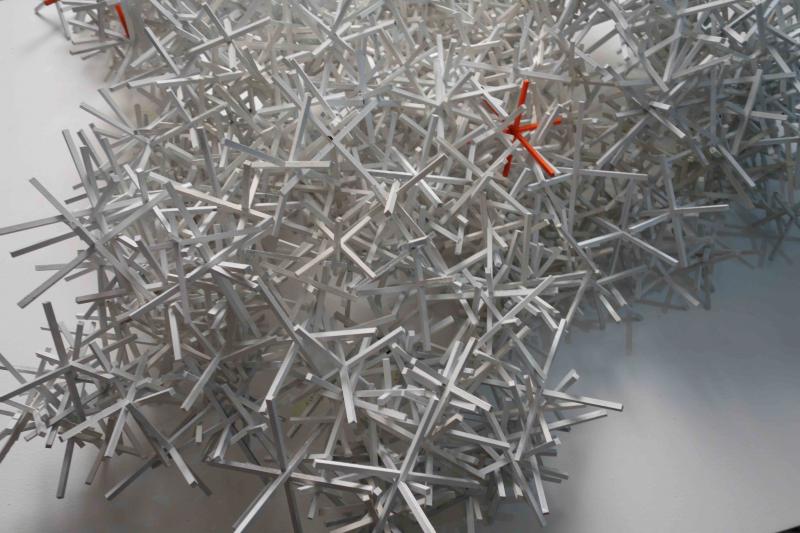Dubai: a small fishing town in the Arabian Peninsula, a transient hub that has evolved overtime to become one of the world’s bustling centers of economic interchange. This ambitious emirate has defied the ordinary, to achieve marvelous but sometimes-questionable architectural spectacles.
After a severe downfall of the economic recession, Dubai is slowly regaining its global status, this time capitalizing on art, design, and cultural exchange as generators of its own identity.
To instigate this illuminating revival, The United Arab Emirates has won the bid to host the upcoming Expo 2020, with the theme “Connecting minds, creating the future.” Dubai has ambitious plans of the expo being a congregation of the world’s leading countries coming together to exchange ideas under the headlining key drivers of Sustainability, Mobility and Opportunity.
The ‘World Fair’ has always been a platform for releasing revolutionary ideas into the world. A prominent part of the global engagement with World Expos are the temporary structures built by different countries coming to display architectural and artistic expressions of their respective nations. These pavilions have served as prototypes of pioneering ideas in material science and spatial expression, thus pushing the boundaries of architecture and technology.
Expocity 2020. In Search of an Urban Identity
AA Visiting School Dubai intends to examine the cultural and ecological fabric of the United Arab Emirates, as a precedent to generating a series of pavilions that would represent the candidate hosting country of the upcoming expo. The process involves breaking away from the cliché of dismissing Dubai as a ‘collage city’ with no cultural or urban identity, going beyond that to formalize a novel archetype that speaks of what is it that makes Dubai a key global player in today’s contemporary world.



